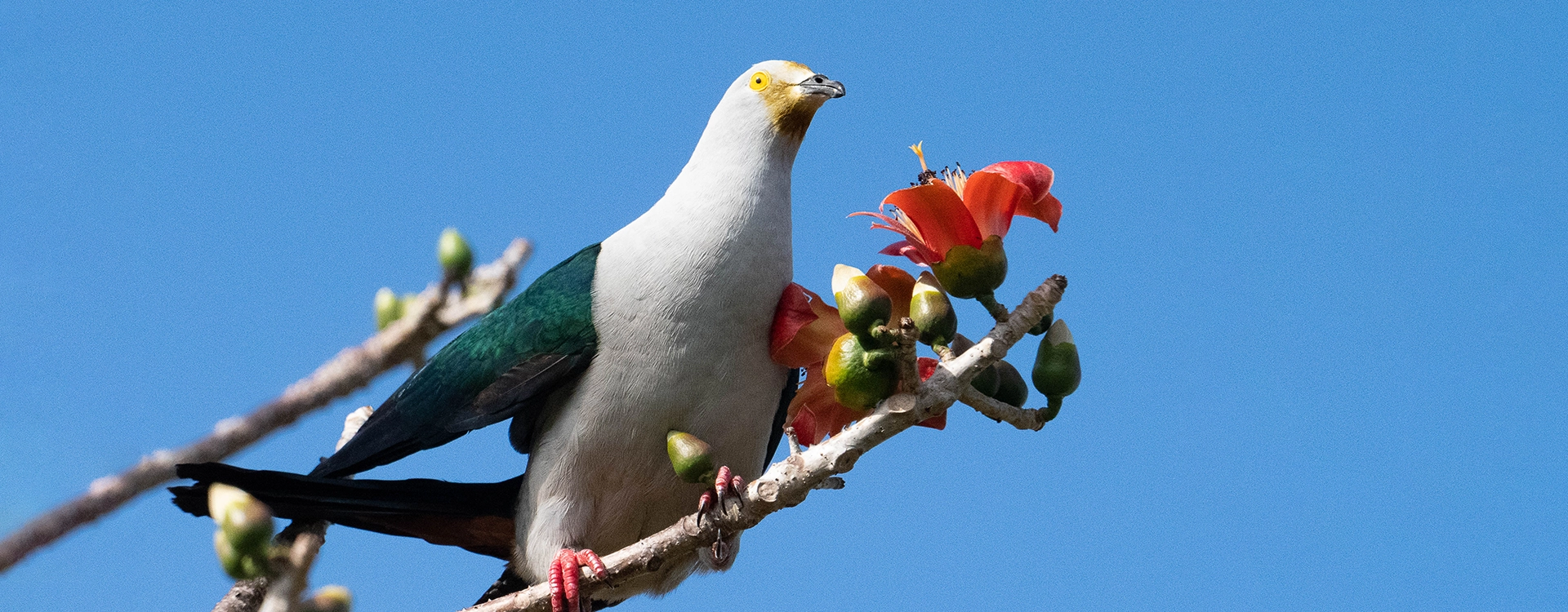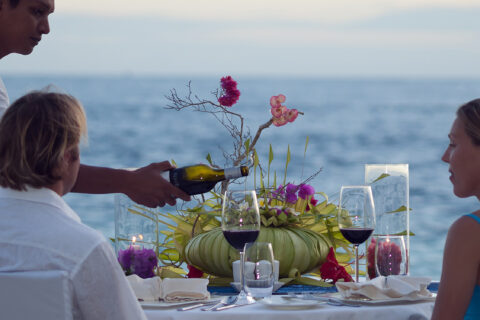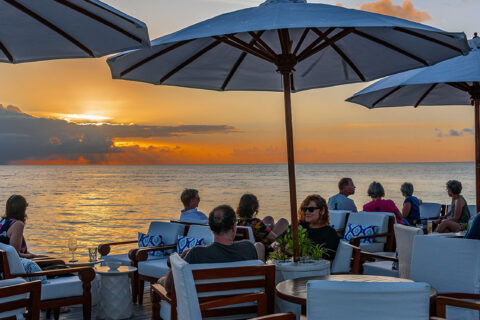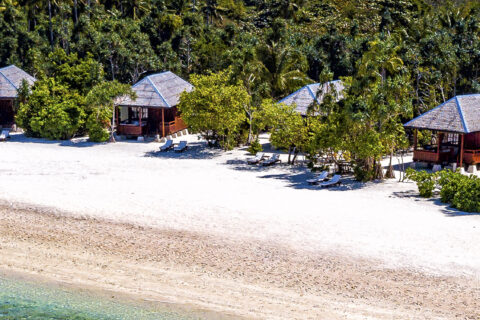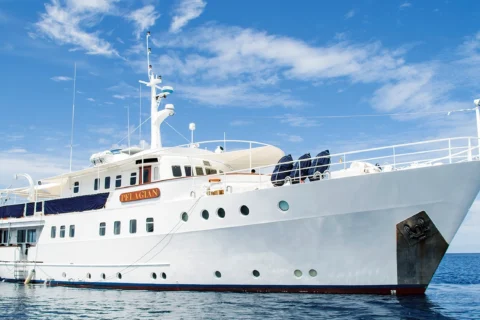Breakfasts at Wakatobi are served with a side of bird songs. Avian chirps and twitters carried on soft sea breezes create a relaxing mealtime ambiance, while guests seated on the restaurant’s patio can watch the island’s feathered residents flit from tree to tree.
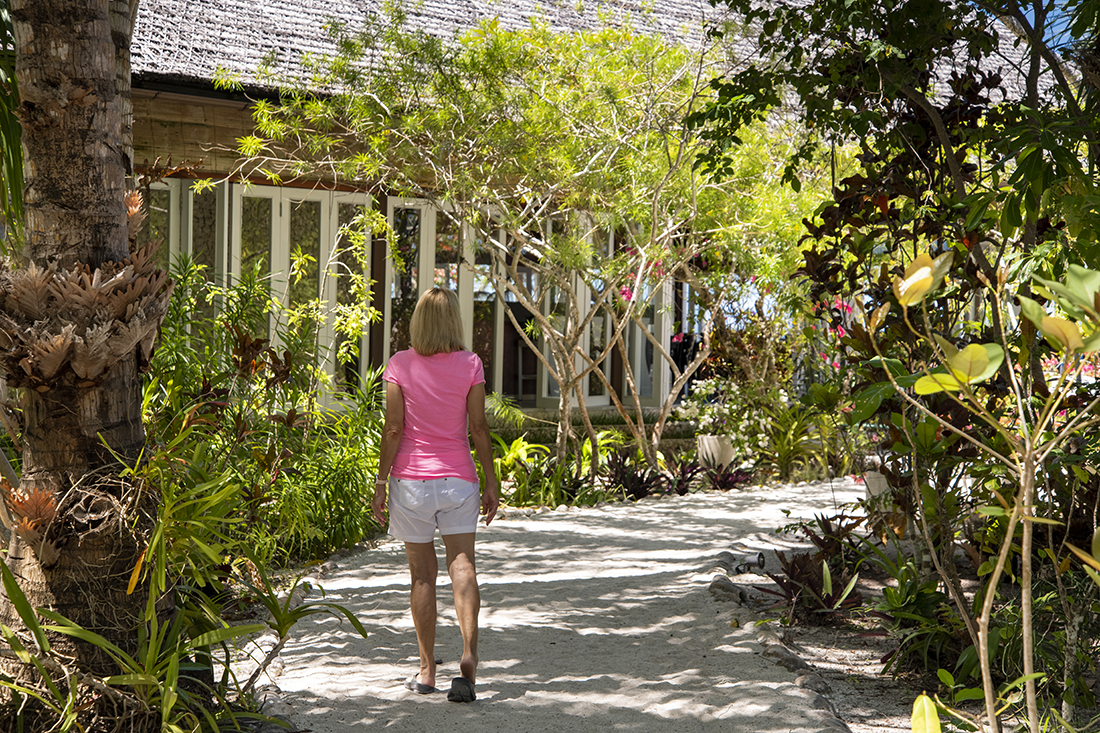
And for some, birdwatching is more than a mealtime diversion. Guest Sharon Lynn Patterson realized that Wakatobi was the perfect place to enjoy her two favorite pastimes. In addition to days spent photographing small treasures on the reefs, she devoted surface intervals to birding, and was rewarded with a rare personal first for her birding life list.
Sharon’s service as a Warrant Officer in the United States Coast Guard was instrumental in discovering her two life-long passions. She learned to dive in 1998 while stationed in the Caribbean. “I was there for three years, so it was easy to dive often,” she recalls. “I found a love for the ocean, and soon got into underwater photography.”
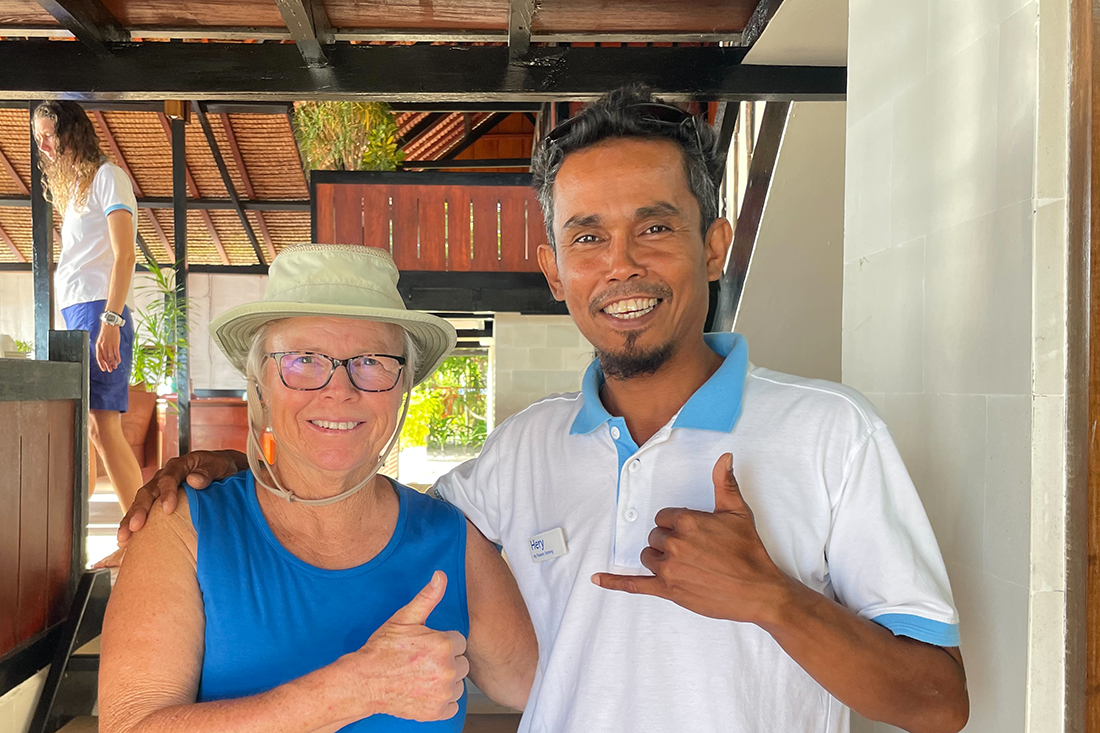
After relocating to Seattle in 1984, a chance outing with friends led Sharon to her second life-long passion. “I was invited on a birdwatching trip to British Columbia,” she recalls. “At first I thought the birding thing was a bit funny, but then I saw my first black oystercatcher, and from that moment forward I was hooked.”
Subsequent findings, while she was stationed on Icebreakers, allowed Sharon to document bird life in the Arctic and Antarctica, adding dozens of new species to her bird life list. “Now that I’m retired, my main goal is to travel for both birding and diving,” she says. Until now her favorite destinations have been Africa for birding and the Philippines for underwater macro photography. Wakatobi has now joined this list of favorites, she says, as it provides a rare opportunity to combine both activities.
“It was really enjoyable to hike around the island, and I was mesmerized by sightings of birds such as the elegant imperial pigeon.”
“I really enjoyed all of the dive sites at Wakatobi,” she says, “and you can’t go wrong at sites like the Zoo. It was a favorite for sure.” Birding at the resort was equally productive, she says. “It was really enjoyable to hike around the island, and I was mesmerized by sightings of birds such as the elegant imperial pigeon.”

The Wakatobi islands are home to more than 170 known species of birds and are one of the last remaining homes of the endangered yellow-crested Cockatoo. Even more intriguing for birders is the identification of several new endemic species in the Wakatobi region in the past few years. Among these discoveries are the Wakatobi monarch, the grey-sided flowerpecker, the Wakatobi white-eye, and the Wangi-Wangi white-eye.

The bird group known as white-eyes thrive on the remote islands of Indonesia due to their adaptable nature, as they can feed on a wide variety of fruits, flowers, and insects. The designation of the Wakatobi white-eye as a unique species was the subject of debate until recently, while the existence of the Wangi-wangi white-eye, which lives only on its namesake island, remained unknown until the early 21st century. The presence of these new species lends additional support to efforts to have the islands recognized as an Endemic Bird Area that deserves conservation support.
“I was thrilled to find two white eyes right at the resort,” Sharon says. “One was an adult, and the other was a juvenile being fed by the parent. I know they are definitely breeding here.”
Sharon’s visit to Wakatobi resulted in memory cards filled with bird and marine life images, and an addition to her bird life list that relatively few other birders can claim. Now, thanks to a recent discovery by zoologists from Trinity College – Dublin, she may have additional incentives to return.
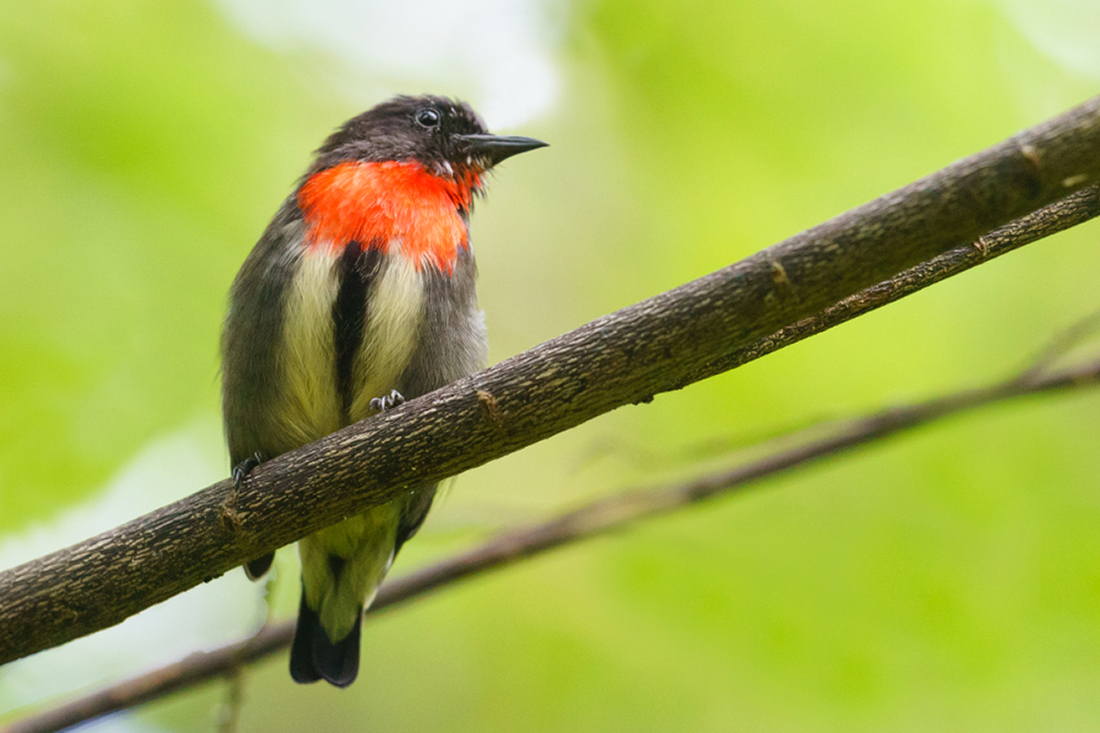
In October 2022, researchers identified yet another new species known as the Wakatobi sunbird or the Wakatobi nectar bird. These diminutive creatures resemble American hummingbirds (though they’re not closely related), and males display bright iridescent plumage that shimmers in the sunlight.
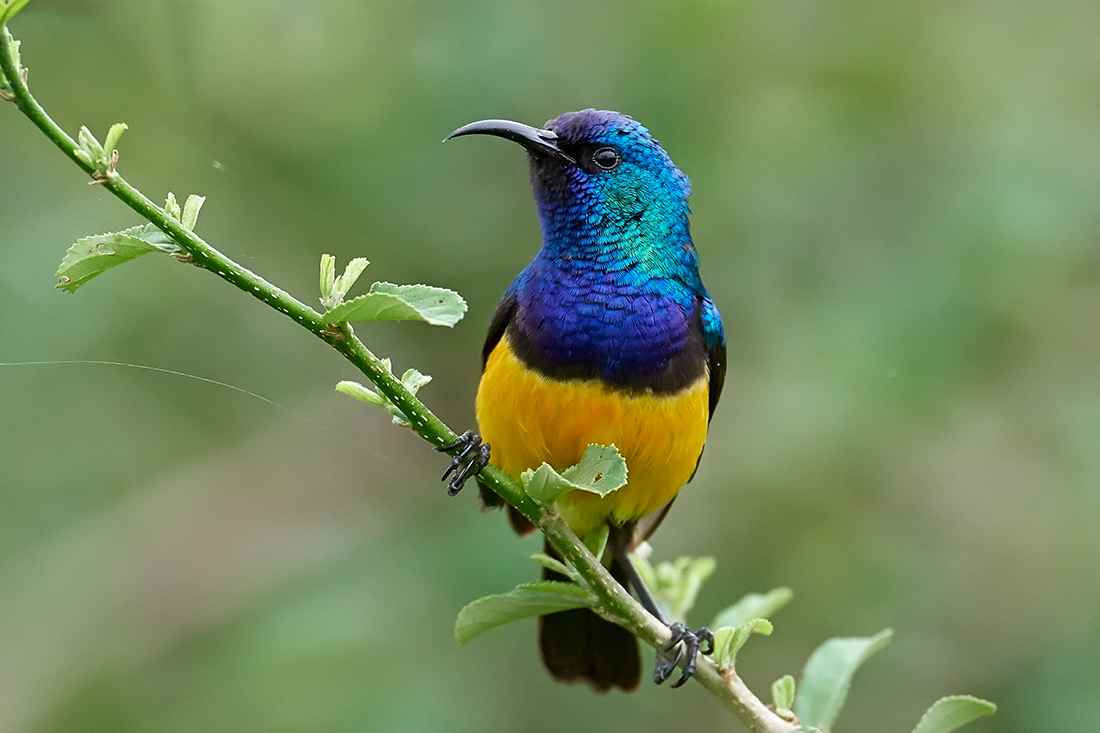
“The Wakatobi sunbird is spectacular. It wouldn’t surprise me to see birdwatching groups coming to the resort in the future,” says Ralph Hammelbacher, who will be visiting Wakatobi in 2023 for a snorkeling–and bird watching–trip.
“…this is the sort of thing that drives serious birdwatchers wild.”
“The chance to see endemics like that is immensely appealing. Sulawesi is known for endemics, but this is the sort of thing that drives serious birdwatchers wild,” Ralph says. The Wakatobi sunbird is just one more of the natural treasures that await on the reefs and in the skies of Wakatobi.
Ready to add some bird-watching to your Wakatobi dive adventure? Contact us!
Contact our team at office@wakatobi.com or enquire >here.
Follow us on Facebook and Instagram.
Enjoy Wakatobi videos on YouTube.
